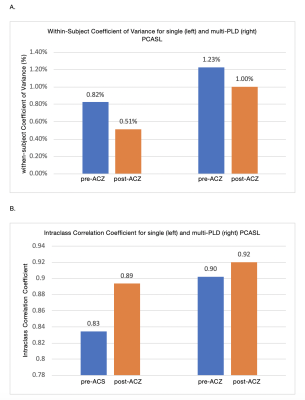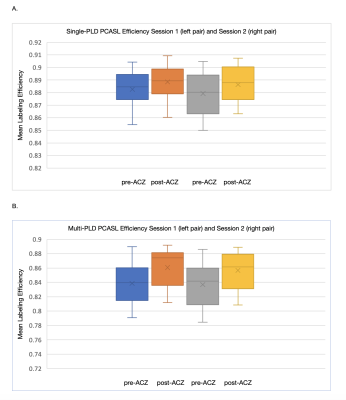Taghi Rostami1, Moss Y Zhao2, Audry P Fan3, David Yen-Ting Chen4, Magdalina J Sokolska5, Jia Guo6, Yosuke Ishii7, David D Shin8, Mohamad Mehdi Khalighi2, Dawn Holley2, Kim Halbert2, Andrea Otte2, Brittney Williams2, Jun-Hyung Park2, Bin Shen2, and Greg Zaharchuk2
1Bioengineering, Stanford University, Stanford, CA, United States, 2Radiology, Stanford University, Stanford, CA, United States, 3Medical Imaging, UC Davis, Davis, CA, United States, 4Taipei Medical University, Taipei, Taiwan, 5University College London Hospitals, London, United Kingdom, 6University of California Riverside, Riverside, CA, United States, 7Tokyo Medical. and Dental University, Tokyo, Japan, 8GE Healthcare, Menlo Park, CA, United States
1Bioengineering, Stanford University, Stanford, CA, United States, 2Radiology, Stanford University, Stanford, CA, United States, 3Medical Imaging, UC Davis, Davis, CA, United States, 4Taipei Medical University, Taipei, Taiwan, 5University College London Hospitals, London, United Kingdom, 6University of California Riverside, Riverside, CA, United States, 7Tokyo Medical. and Dental University, Tokyo, Japan, 8GE Healthcare, Menlo Park, CA, United States
Single- and multi-PLD arterial spin labeling (ASL) MRI before and after vasodilation in 15 normal subjects showed that both labeling techniques achieved high repeatability (within-subject Coefficient of Variance pre-ACZ: 0.82 and 1.23%, and post-ACZ: 0.51 % and 1.00%).

Figure 5. (A) Within-Subject Coefficients of Variance for both single (left) and multi-PLD (right) PCASL pre and post-ACZ were much closer to 0% than 100%, which are indicative of repeatability. (B) Intraclass Correlation Coefficients for both single (left) and multi-PLD (right) PCASL pre and post-ACZ were much closer to 1 than 0, which are indicative of repeatability.

Figure 4. (A) Mean labeling efficiency for single-PLD ASL methods increased for significantly (p=0.03) after acetazolamide injection but did not change significantly between the two sessions. (B) Mean labeling efficiency for multi-PLD ASL method increased significantly (p<0.01) after acetazolamide injection but did not change significantly between the two sessions.
